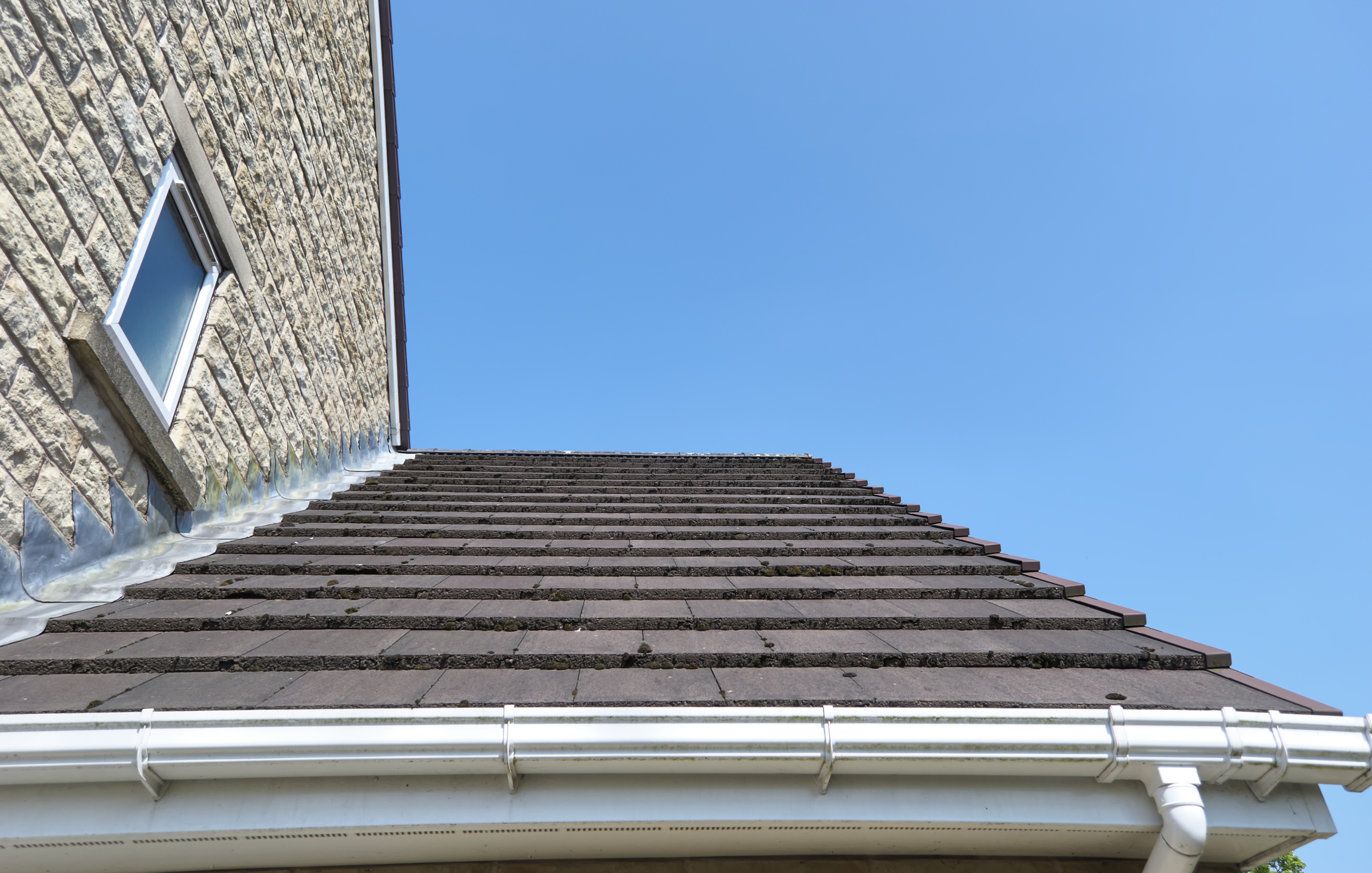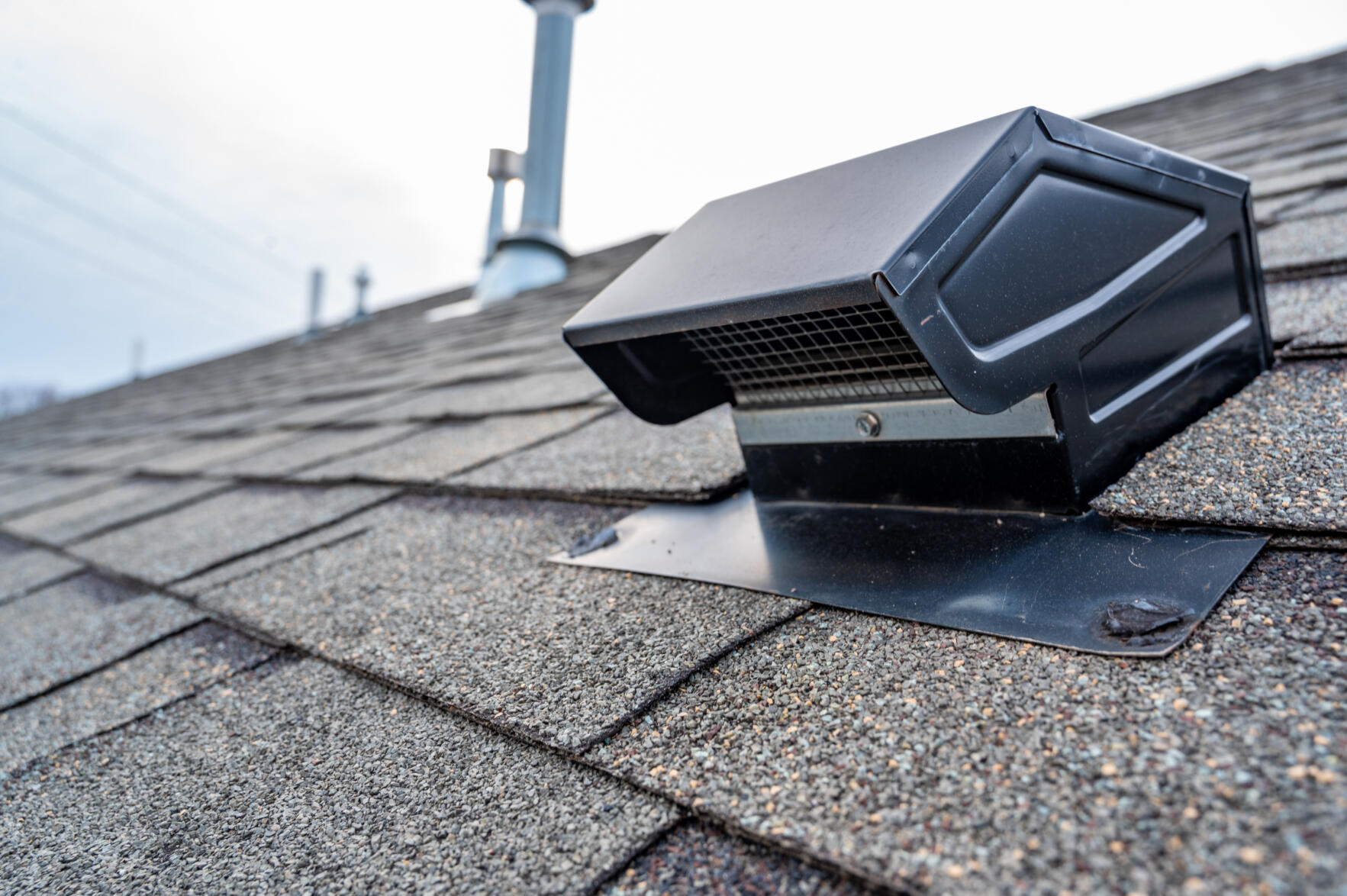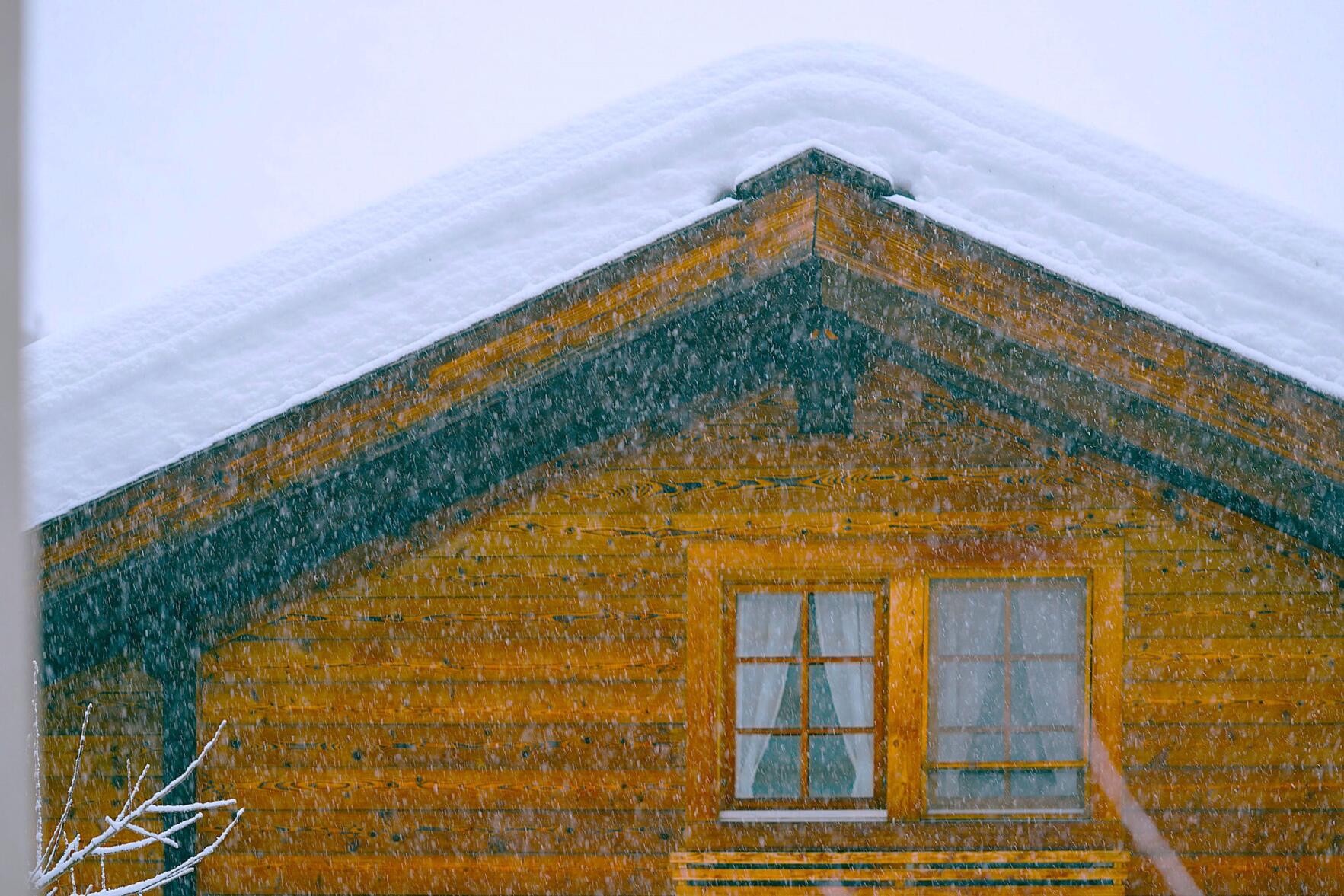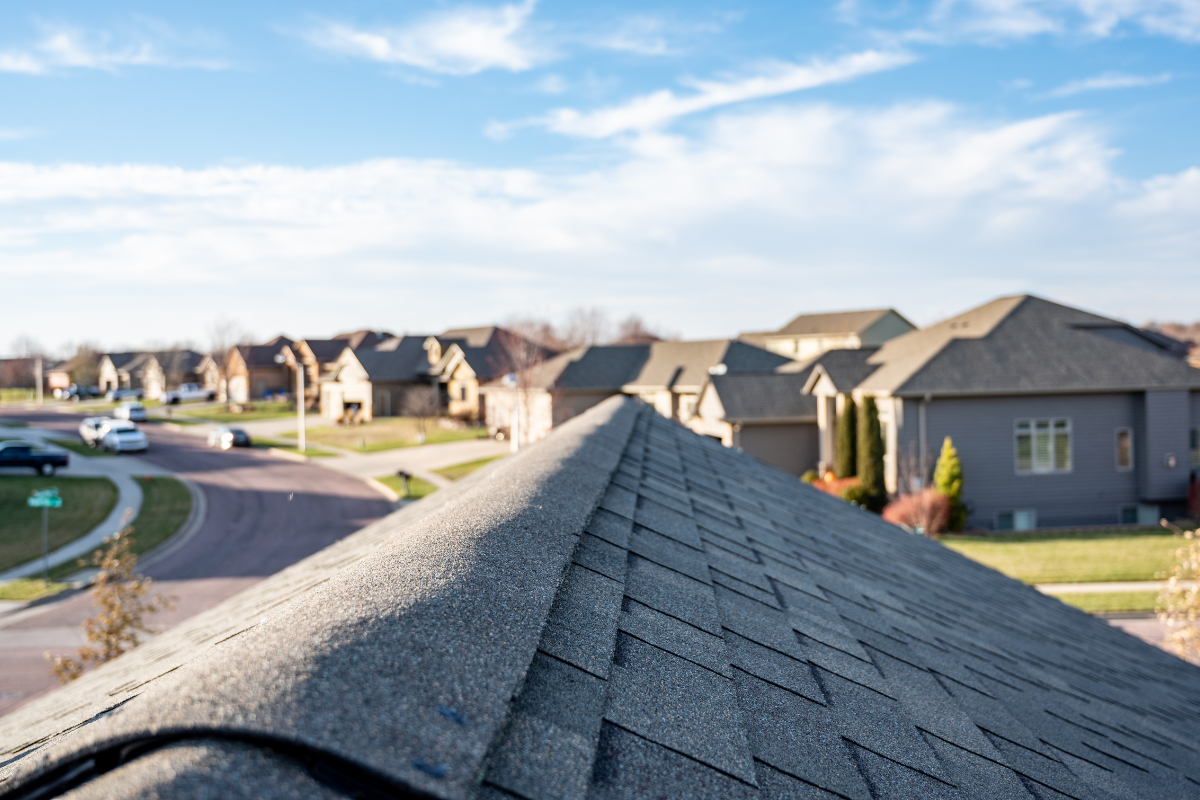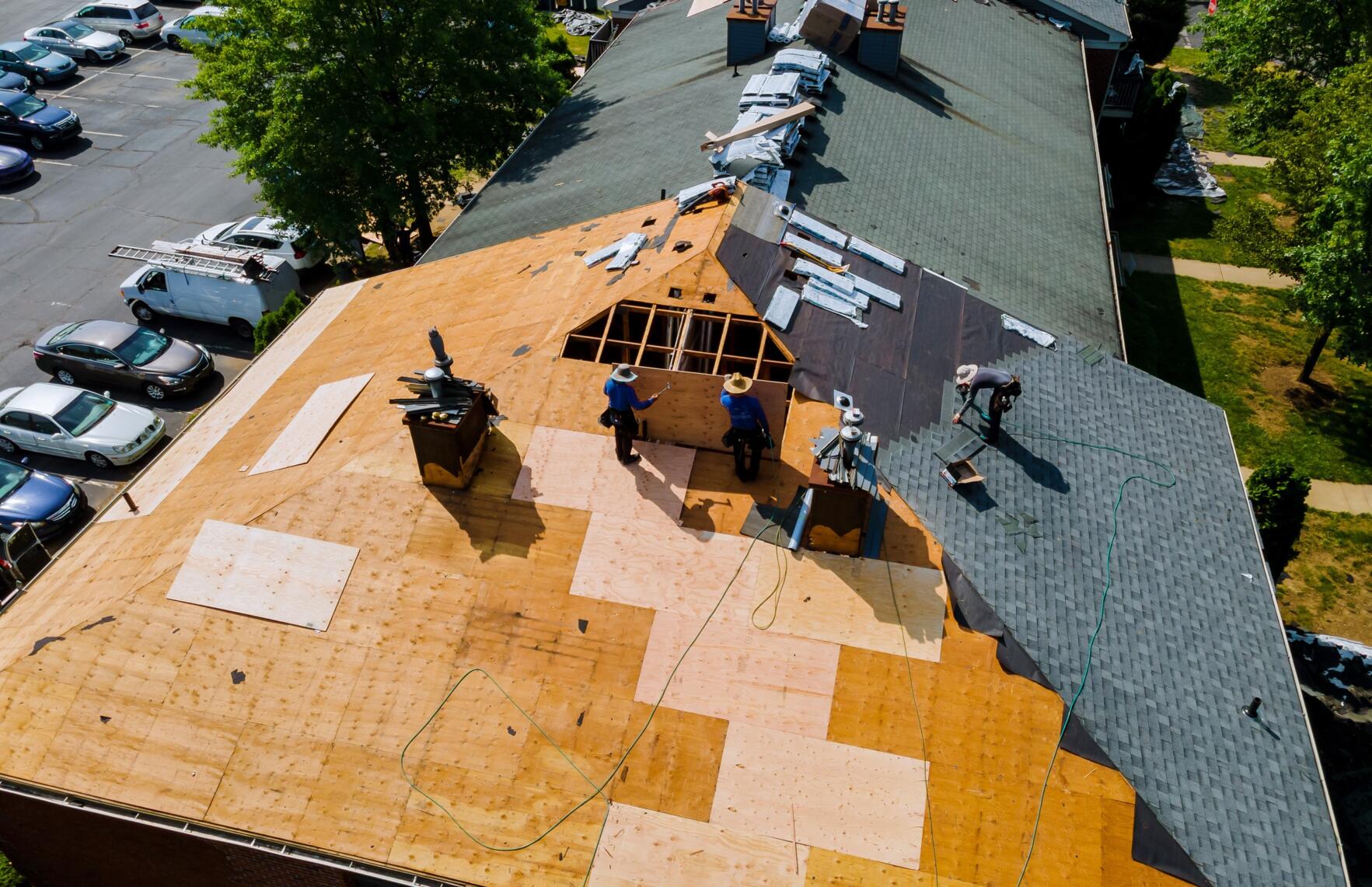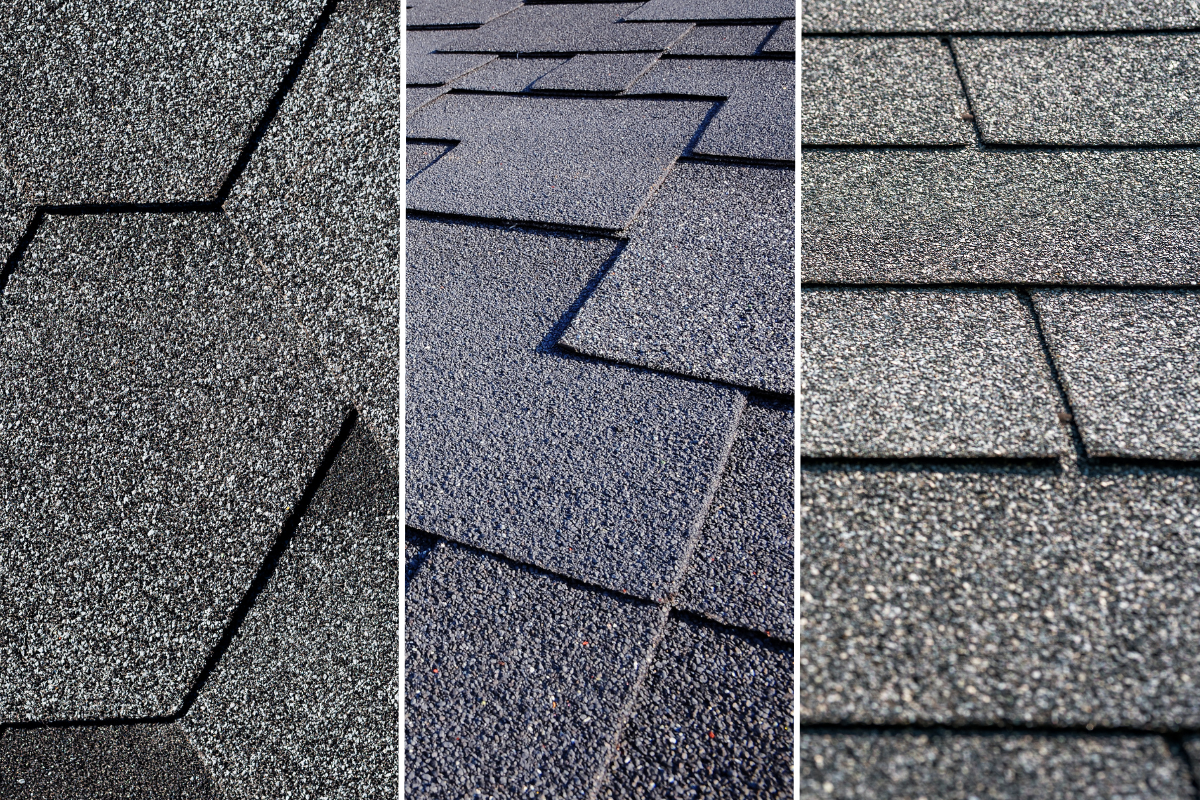What is Roof Flashing?
While it certainly isn’t the most well-known part of a roof, roof flashing is one of the most important parts. Roof flashing consists of thin strips of metal that line sections of roof where water could accumulate or seep into the roof decking. These strips of metal direct the water away from these areas in order to prevent leaks. Roof flashing is typically used where a roof plane intersects with a vertical surface, such as a chimney, wall, or dormer. Flashing is also used around vents and skylights. Without roof flashing, it would be easy for your roof to develop water damage and mold. Not only is this structurally dangerous, it can also be hazardous to your health.
What is Roof Flashing Made of?
As a means of preventing water leaks, roof flashing materials must be able to withstand a lot of water. The type of metal typically employed is galvanized steel. Galvanized steel is coated with zinc in order to prevent rusting. Other types of materials, such as aluminum and copper, are sometimes used. However, aluminum will corrode if exposed to alkaline materials like concrete and masonry and therefore needs a special coating. Copper is durable but not always ideal aesthetically once it discolors into a patina. Local building codes can dictate which flashing material is required.
The Various Types of Roof Flashing
There is more than one type of roof flashing. The type of flashing used depends on the part of the roof it is meant for. Common types of roof flashing include continuous flashing, base flashing, counter flashing, and step flashing. Some types of flashing work together, such as base and counter flashing. Other forms of flashing include valley flashing, skylight flashing, kickout flashing, and drip edges.
When Should You Repair Your Roof Flashing?
Given the importance of roof flashing, it is critical to know when your flashing is damaged and when it should be replaced. Some signs of damage flashing include loose or oddly bent sections, rust/corrosion, missing nails, and missing sealant. Although not exhaustive, if you notice any of the items on this list, it might be time to get your flashing replaced. As stated above, having damages to your flashing can cause your roof to get water damage and mold if left unchecked.
Luckily, by having Lake Orion Roofing regularly inspect your roof, you can feel secure about the condition of your roof flashing. Should we find any issues of major concern, we can replace your flashing if necessary. Having regular roof inspections can increase the lifespan of your roof. Our experienced team of professionals can identify potential problems and address them before they grow serious. If you don’t remember the last time you had a roof inspection, or you notice irregularities in your roof flashing, call Lake Orion Roofing at (248) 393-0055.
Source: “What Is Roof Flashing, Why Is It Important, and How Can I Install It?” IKO Roofing, 6 Oct. 2020, www.iko.com/na/learning-center/roofing-101/what-is-roof-flashing-how-to-install-it/.




